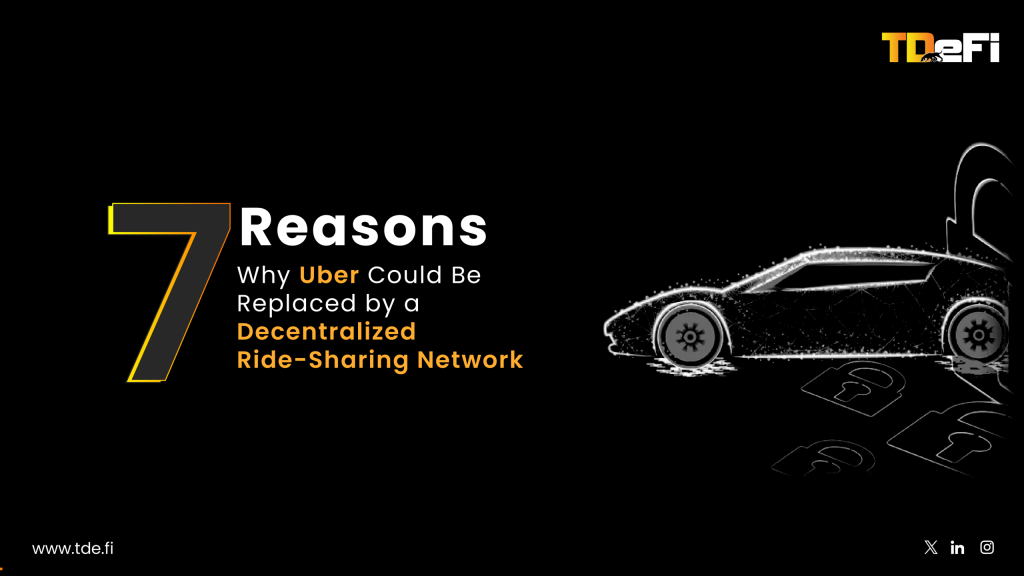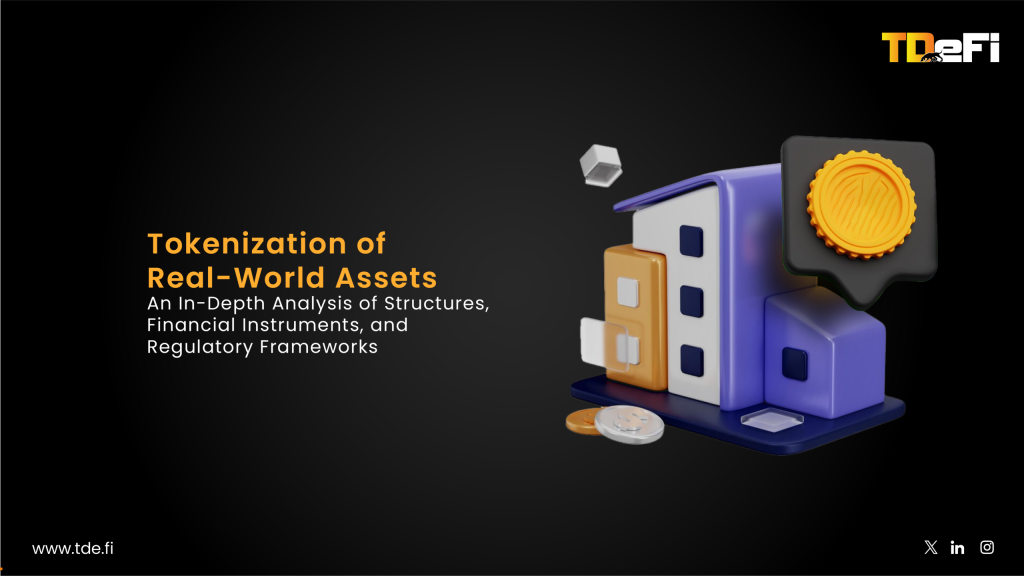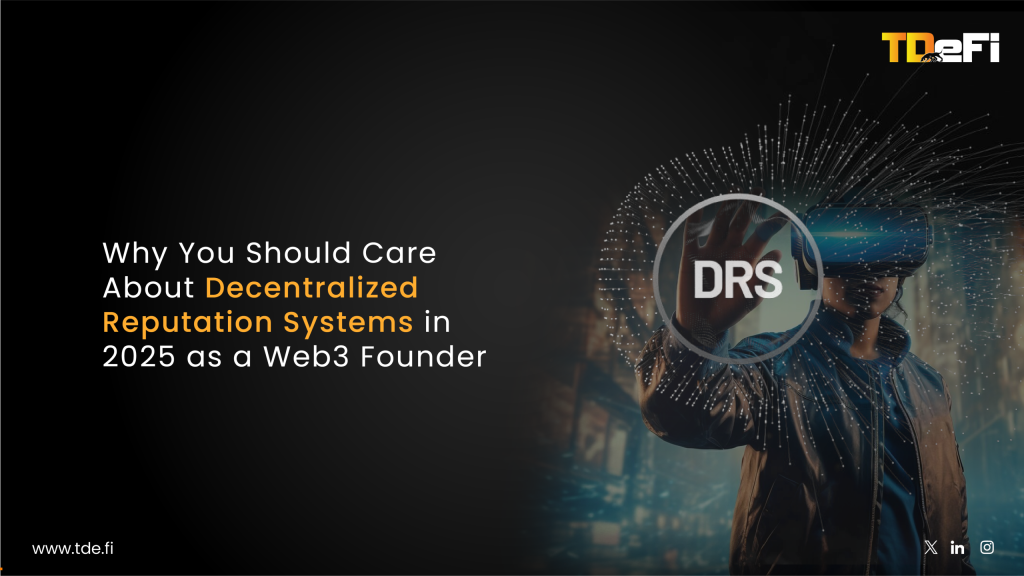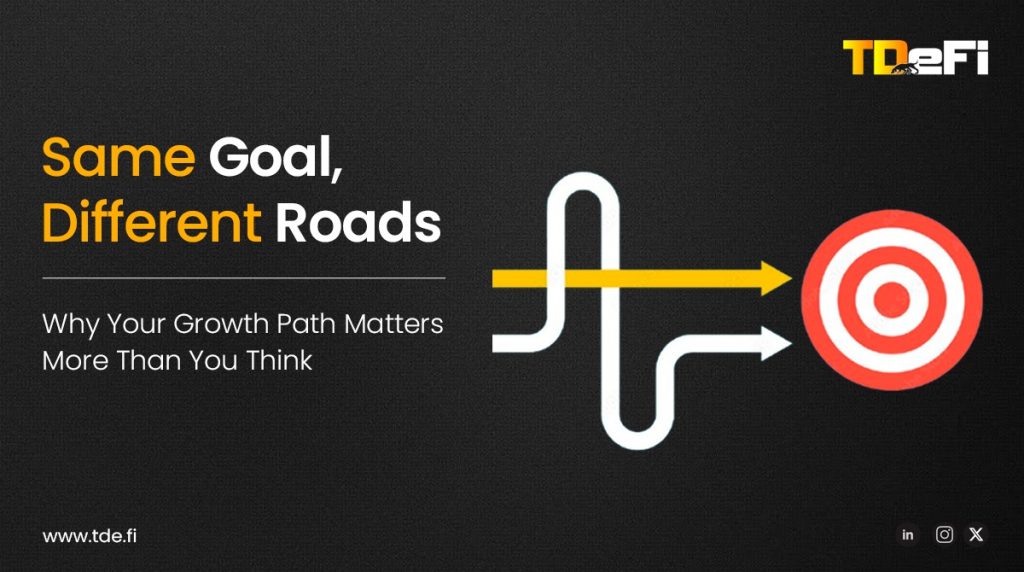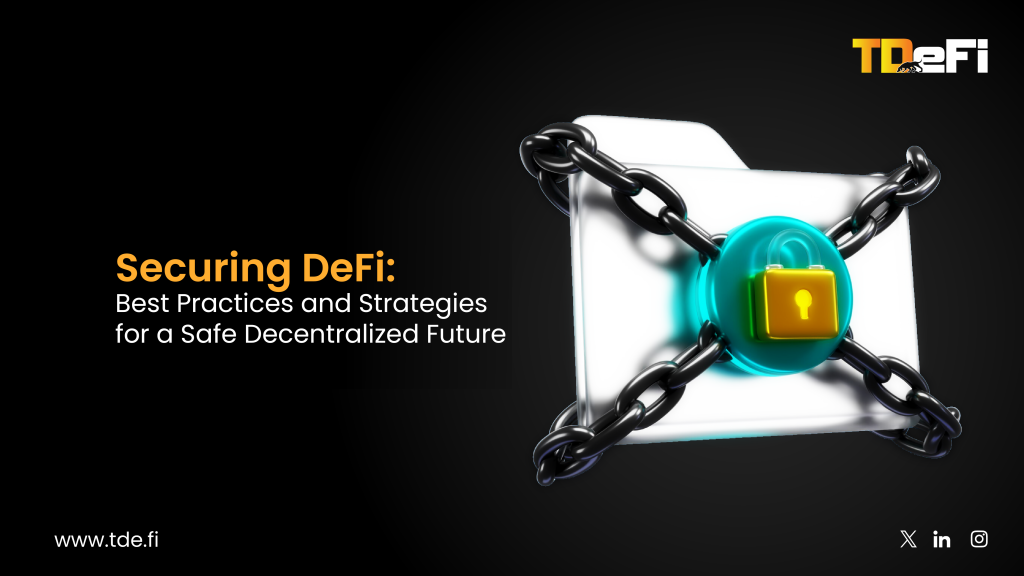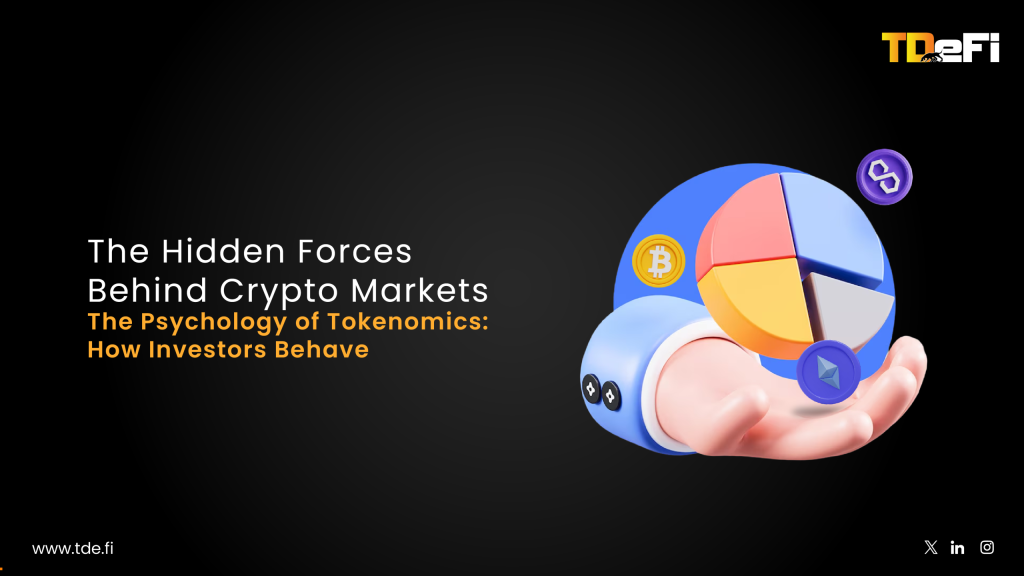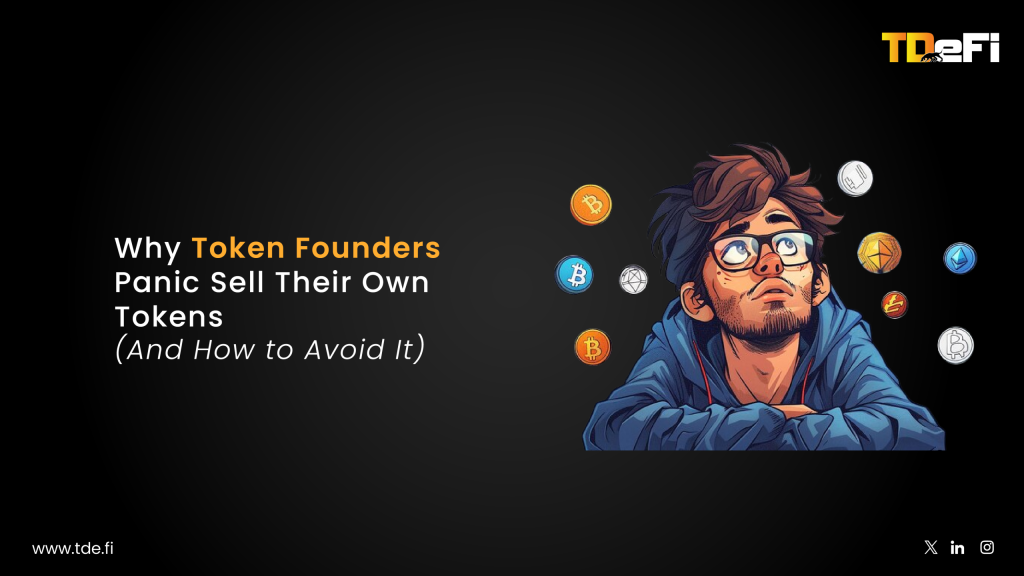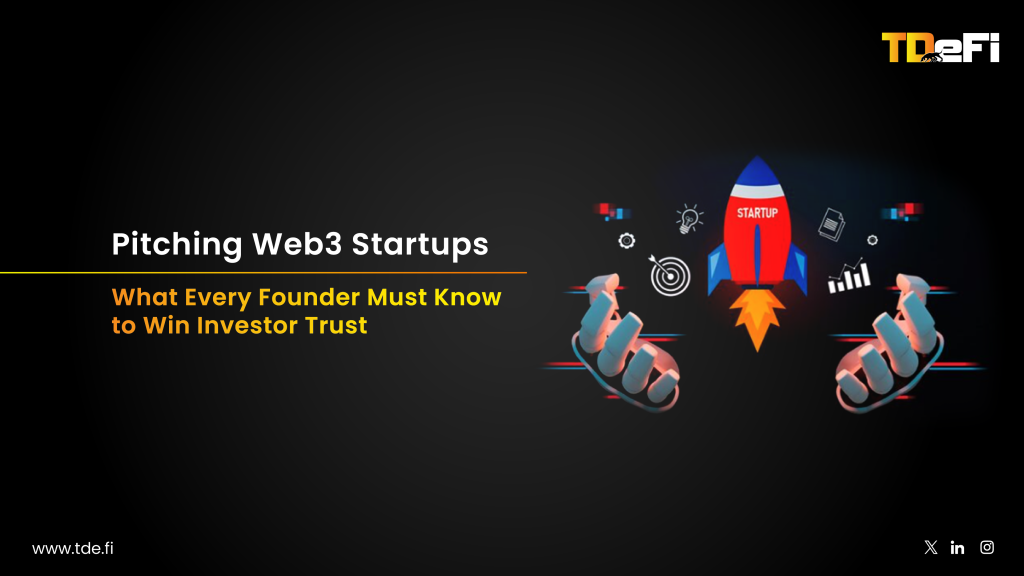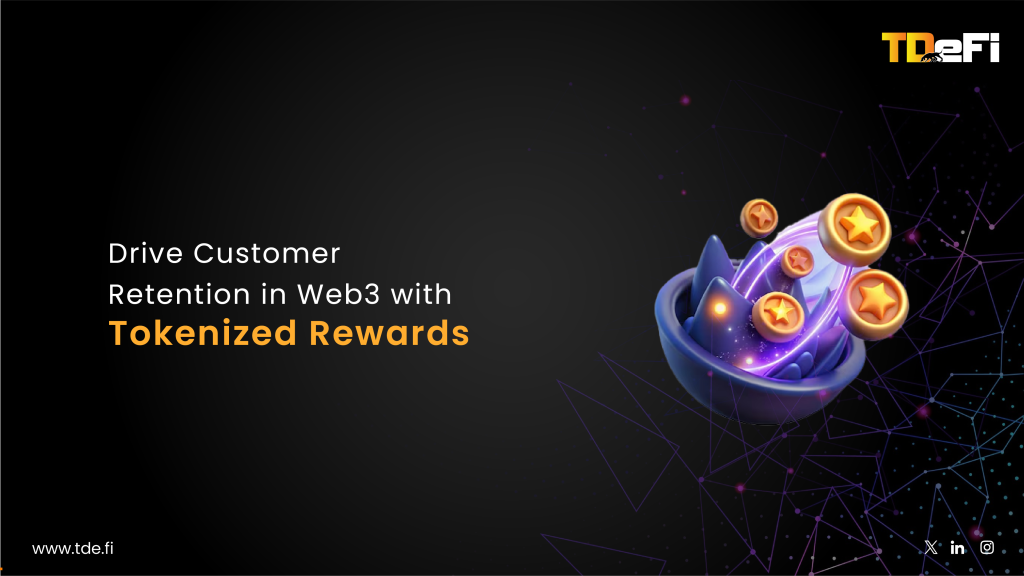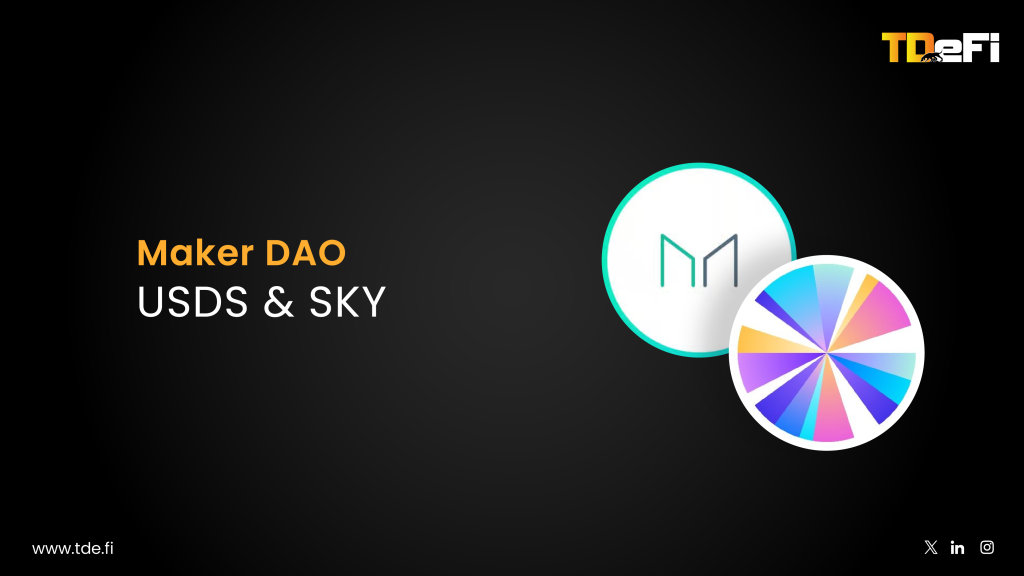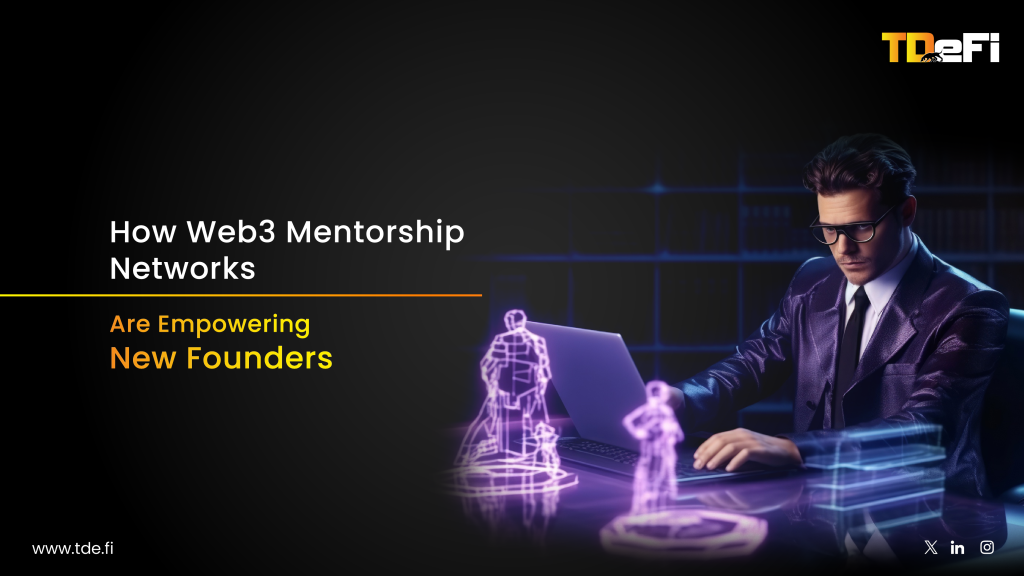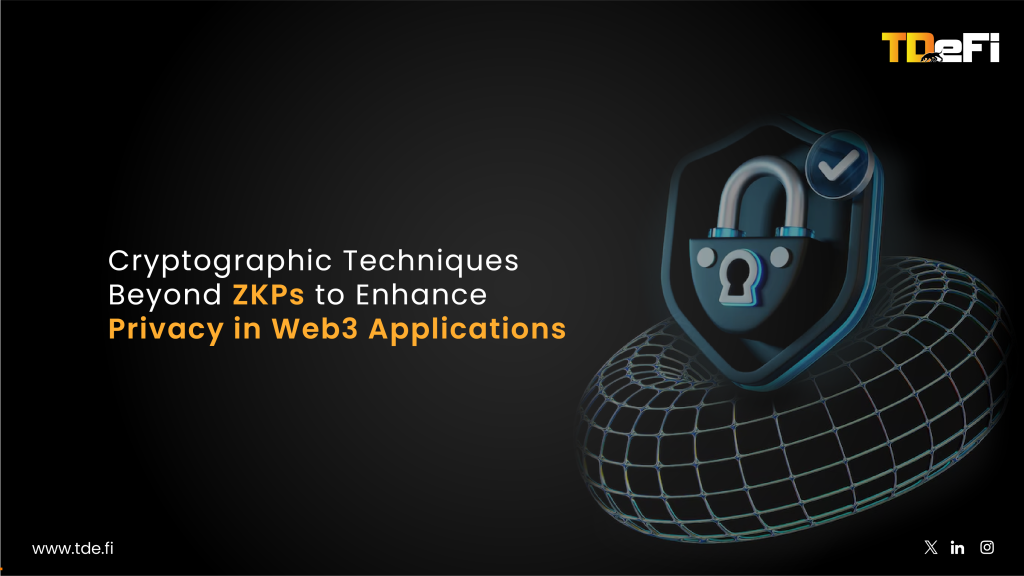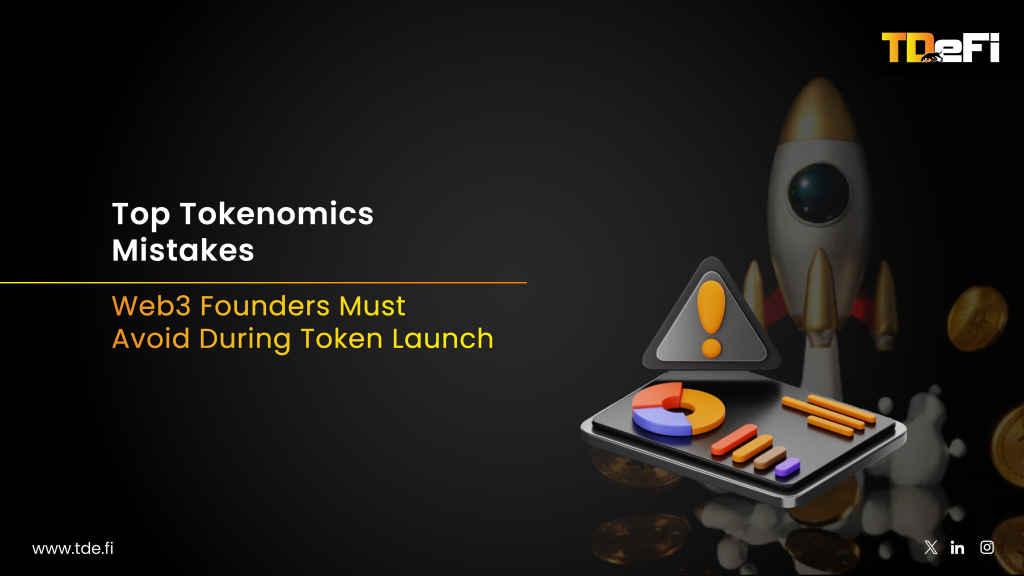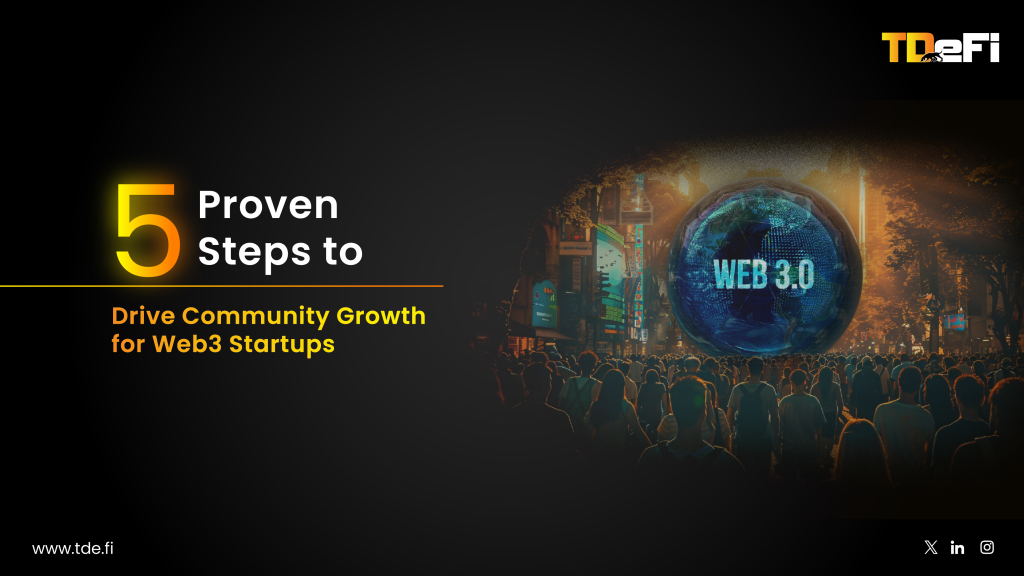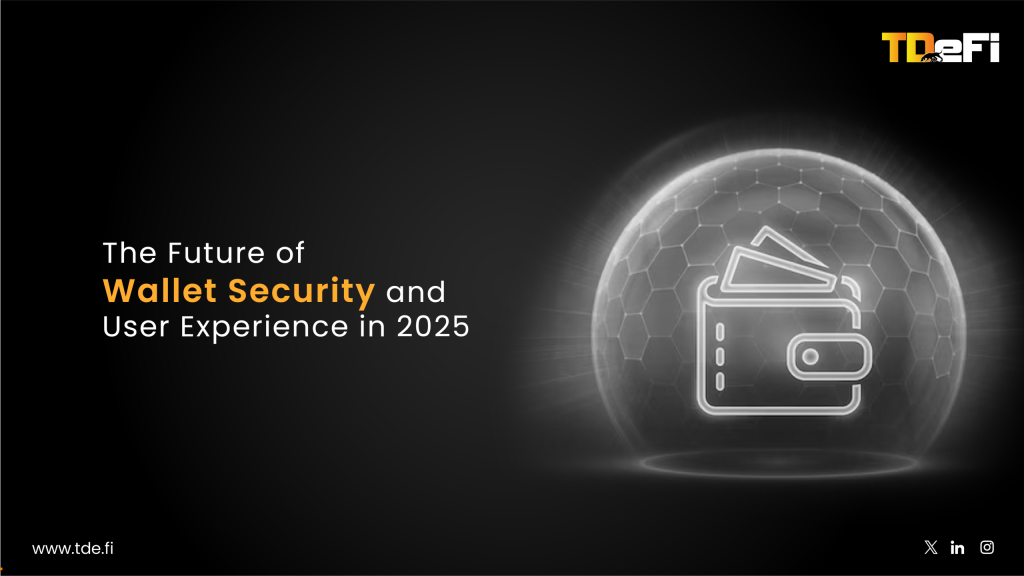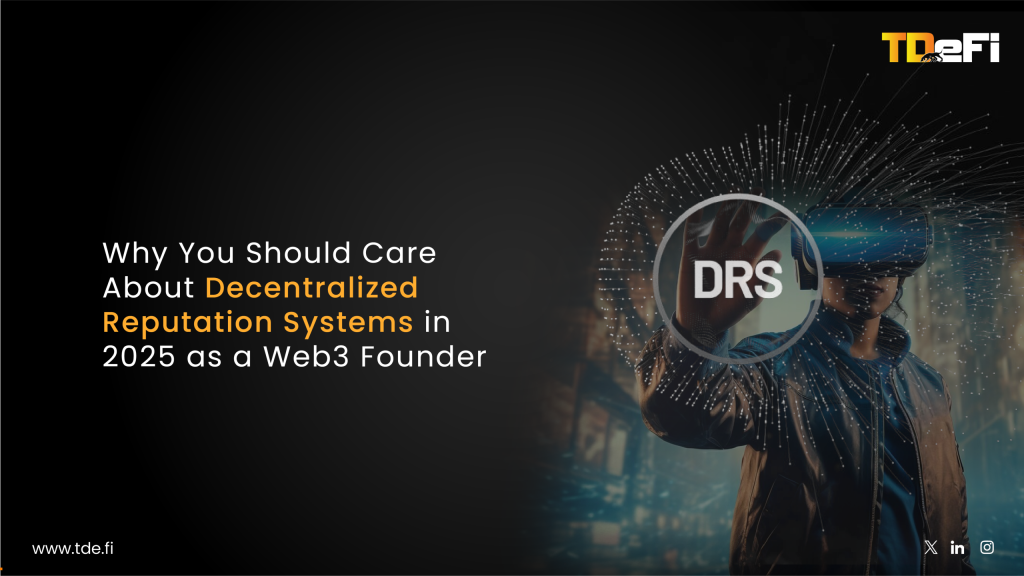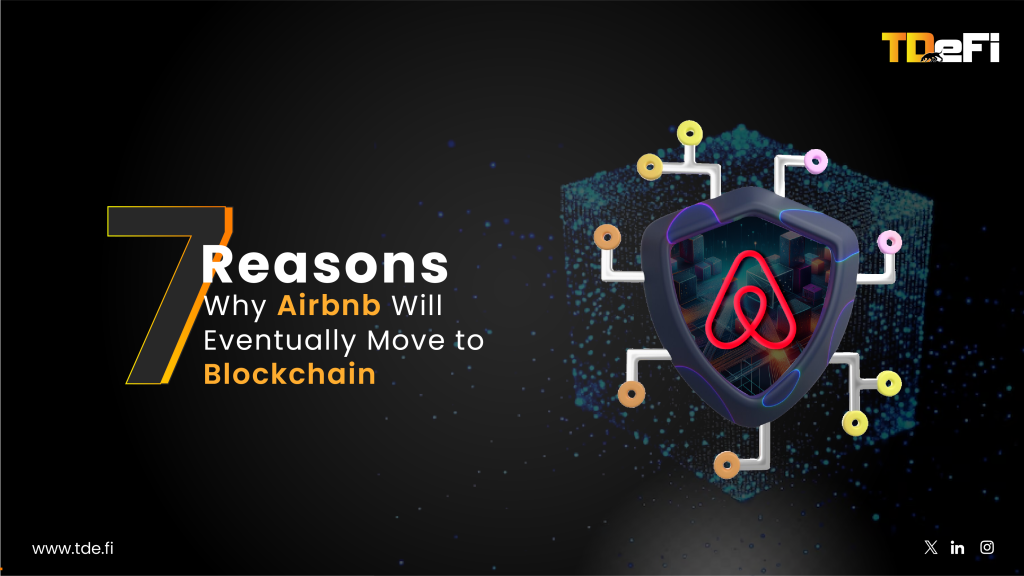TL;DR
In Web3, hyper-personalized consumer experiences are important for founders aiming to drive engagement, loyalty, and growth. By leveraging blockchain technology, smart contracts, decentralized identity solutions, and AI-driven insights, founders can create deeply customized user experiences that respect privacy and user sovereignty. This blog explores actionable strategies for implementing hyper-personalization in Web3 projects, with examples like Brave Browser’s BAT Rewards, Aavegotchi’s evolving NFTs, Magic.link’s decentralized identity solutions and more. Let’s get started.
Intro
In Web3, consumer expectations are shifting decisively from generic and impersonal interactions to deeply personal connections. To retain users and build long-term loyalty, founders must adopt hyper-personalized strategies that align with these evolving demands while prioritizing data sovereignty, empowering users to maintain control over their own information. This blog explores how Web3 founders can leverage highly customized, user-centric experiences to transform personalization into their project’s most powerful growth tool, ultimately driving greater user engagement, higher retention rates, and stronger brand affinity.
Why Hyper-Personalization Matters for Web3 Founders
Hyper-personalization is about creating trust-based relationships through meaningful interactions tailored to individual preferences. In Web3, this goes beyond simply recommending content—it’s about aligning with the ethos of decentralization while driving long-term engagement.
Key Benefits for Founders
- Increased Retention: Personalized experiences make users feel valued and connected to the platform, increasing their lifetime engagement.
- Privacy-Centric Innovation: Blockchain-based personalization ensures user data remains secure and under their control, fostering trust and credibility.
- Differentiation in a Crowded Market: Hyper-personalization helps founders stand out by offering unique value propositions tailored to individual users.
Example: Brave Browser’s BAT Rewards system exemplifies privacy-first personalization by allowing users to earn tokens for viewing ads tailored to their interests—all while ensuring their browsing data never leaves their device. This model has helped Brave build a loyal user base while redefining digital advertising in Web3.
How Founders Can Leverage Hyper-Personalization in Web3
1. Use Smart Contracts to Create Adaptive Experiences
Smart contracts are the strongest foundation of blockchain technology and can be programmed to deliver dynamic, personalized experiences that incentivize deeper engagement. By designing smart contracts that adapt based on user behavior, founders can create gamified ecosystems that keep users invested in their platforms.
How Founders Can Implement This
1. Dynamic Token Utilities: Create tokens that unlock additional utilities or rewards as users participate in governance votes or stake assets for specific durations. For example, Uniswap uses governance tokens (UNI) that grant holders voting rights on platform upgrades and fee structures. This creates an incentive for users to hold and actively use their tokens.
2. Behavioral NFT Attributes: Develop NFTs that evolve based on user interactions, such as avatars gaining new traits or visual upgrades as milestones are achieved.
In Aavegotchi, NFTs evolve based on player activity within the game ecosystem. Users can enhance their Aavegotchis by participating in staking or completing challenges.
3. Cross-Chain Activity Recognition: Use oracle integrations like Chainlink to track wallet activity across multiple blockchains and reward users for engaging with your project on different networks.
2. Build Privacy-First Data Systems
Web3’s decentralized nature allows founders to prioritize privacy while enabling hyper-personalization. By implementing zero-knowledge proofs (ZKPs) and decentralized identity solutions (DIDs), you can create systems where users maintain control over their data while still receiving tailored experiences.
How Founders Can Implement This
1. Zero-Knowledge Proofs: Use ZKPs to verify attributes like transaction history or token holdings without exposing raw data. Zcash uses zk-SNARKs (Zero-Knowledge Succinct Non-Interactive Arguments of Knowledge) to enable private transactions while maintaining blockchain transparency.
2. Decentralized Identity Solutions: Platforms like Magic.link empower users to build portable profiles that evolve over time while maintaining full sovereignty over their information.
3. Selective Data Sharing: Allow users to choose what information they share in exchange for personalized recommendations or exclusive content access. Spruce offers decentralized identity solutions that let users selectively share credentials with platforms without compromising privacy.
3. Leverage AI for Real-Time Personalization
AI-powered optimization can take hyper-personalization in Web3 to the next level by analyzing blockchain data and delivering real-time adaptations based on user behavior. This allows founders to offer highly relevant experiences at scale without compromising decentralization principles.
How Founders Can Implement This
1. On-Chain Analytics: Use AI models to analyze wallet interactions, transaction history, and token holdings to predict user preferences. Tools like Nansen provide wallet analytics that help projects understand user behavior patterns on-chain.
2. Real-Time Adaptation: Implement AI systems that dynamically adjust user experiences based on current blockchain activity or market conditions. DeFi protocols like SingularityDAO use AI-driven portfolio management tools that adapt investment strategies based on real-time market analysis.
3. Autonomous Personalization Agents: Deploy AI-driven bots that handle tasks like NFT recommendations or token distribution without centralized oversight. Rarible uses AI algorithms to recommend NFTs tailored to individual users’ browsing habits and transaction histories.
4. Promote Community-Centric Personalization
In Web3, communities are the spine of any project. Founders can leverage hyper-personalization to deepen community engagement by integrating DAO-based governance mechanisms, token-gated content, and tribe-based analytics into their platforms.
How Founders Can Implement This
1. DAO-Based Customization: Allow token holders to vote on personalization parameters such as reward structures or feature rollouts. MakerDAO enables MKR token holders to vote on key decisions like collateral types and stability fees within its ecosystem.
2. Token-Gated Experiences: Design exclusive content or events accessible only to users holding specific tokens or NFTs. Coachella’s NFT collection grants holders lifetime festival passes and access to VIP experiences.
3. Tribe-Based Analytics: Segment your community into subgroups based on wallet activity or participation levels and tailor offerings for each segment. Discord servers integrated with Collab.Land bots allow NFT holders from specific collections (e.g., Bored Ape Yacht Club) access exclusive channels based on wallet verification.
5. Build a Scalable Technical Framework
To execute hyper-personalization effectively, founders need a strong technical infrastructure that ensures scalability while maintaining decentralization principles. A well-designed framework allows you to gather interaction data securely, process it efficiently, and implement adaptive features seamlessly.
How Founders Can Implement This
1. Data Collection Layer: Build systems that gather interaction data from blockchain events while preserving privacy using ZKPs. The Graph protocol indexes blockchain data efficiently so dApps can query it for personalization purposes.
2. Analytics Engine: Deploy decentralized computing solutions for processing personalization data without relying on centralized servers. Ocean Protocol allows projects to monetize data securely while enabling analytics through its decentralized marketplace.
3. Modular Smart Contracts: Design smart contracts that can be upgraded over time to accommodate new personalization features. OpenZeppelin provides modular smart contract libraries that simplify upgrades and scalability for dApps.
6. Measure Success with Clear Metrics
Tracking the impact of hyper-personalization is critical for refining your strategy and demonstrating ROI. By monitoring wallet activity patterns, token utility rates, community participation metrics (such as DAO voting turnout), and retention statistics, you can assess how effectively your personalization efforts drive engagement and ecosystem growth.
Closing Thoughts
Hyper-personalized consumer experiences are no longer just a competitive edge; they are the foundation of successful Web3 projects. Founders who master personalization while respecting user sovereignty can create platforms that resonate deeply with their communities and stand the test of time. By leveraging tools such as smart contracts, zero-knowledge proofs, AI-powered analytics, and DAO-based governance models, Web3 founders can build ecosystems where users feel valued and empowered.
At TDeFi, we guide Web3 founders through this transformative journey by providing mentorship, resources, technical expertise, and strategic insights to help them balance personalization with decentralization while driving profitability. Want to learn more? Connect with us.









